If you watch and listen closely, you can find many different birds in your garden. Here are some of the most common ones. Click on the player underneath each description to listen to the birds’ calls.
If you manage to get a picture of a bird your garden, please email them to enquiries@tamevalleywetlands.co.uk for a chance to feature on our blog!
Bullfinch (Pyrrhula pyrrhula)
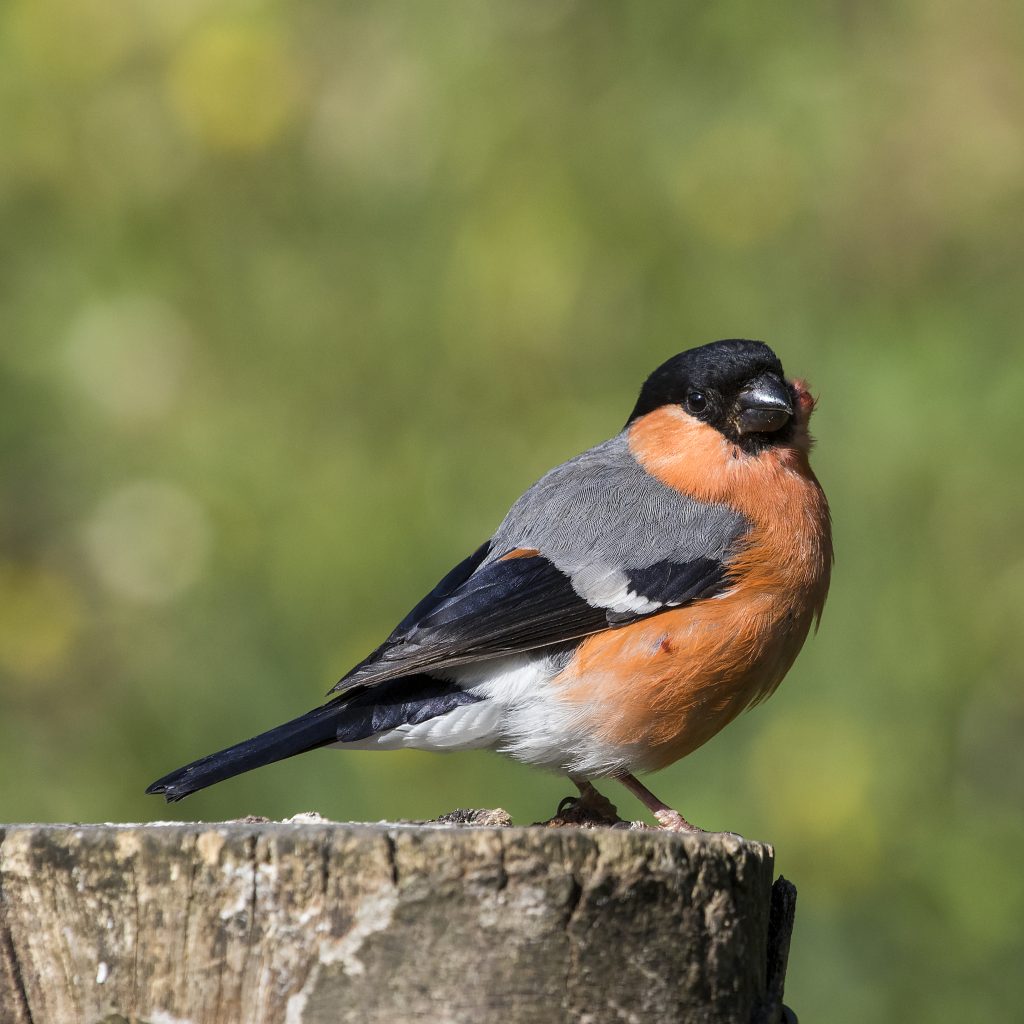
Male bullfinches have a bright red-orange breast and cheeks, whilst the female is brown-orange. Their call sounds like a whistle.
Great Spotted Woodpecker (Dendrocpous major)
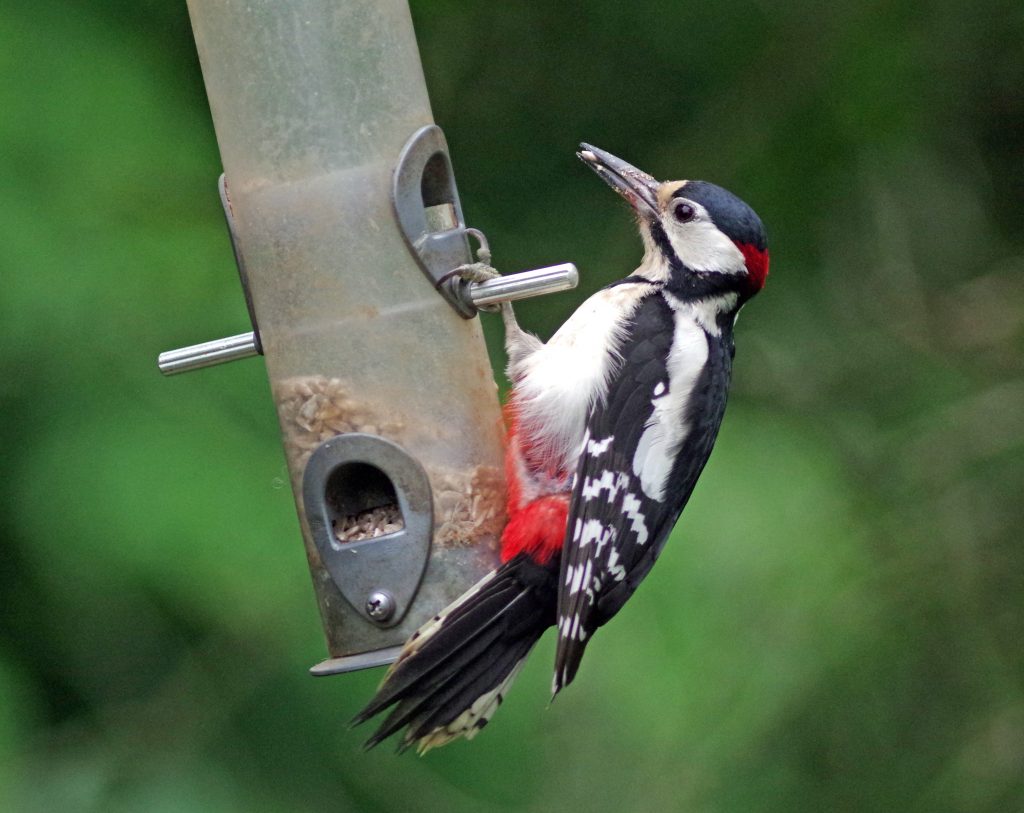
The Great Spotted Woodpecker is a medium-sized bird, about the same size as a blackbird. It has a loud, sharp call and is also often heard ‘drumming’. The male has a red patch on its head.
Dunnock (Prunella modularis)
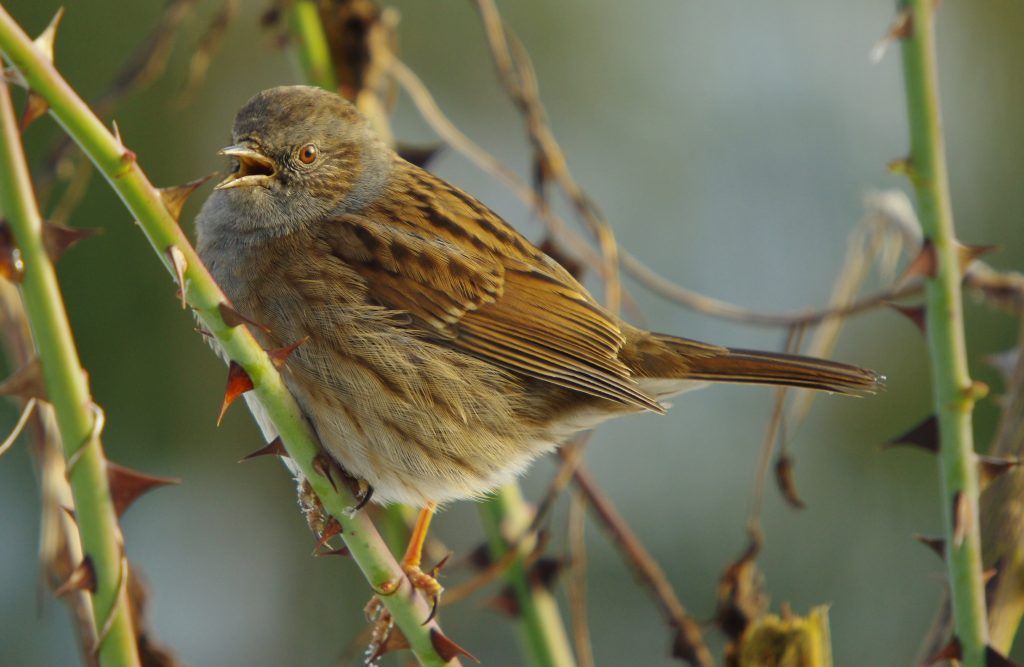
Dunnocks are often seen alone, near to the ground by a flower bed or near a bush.
Nuthatch (Sitta Europaea)
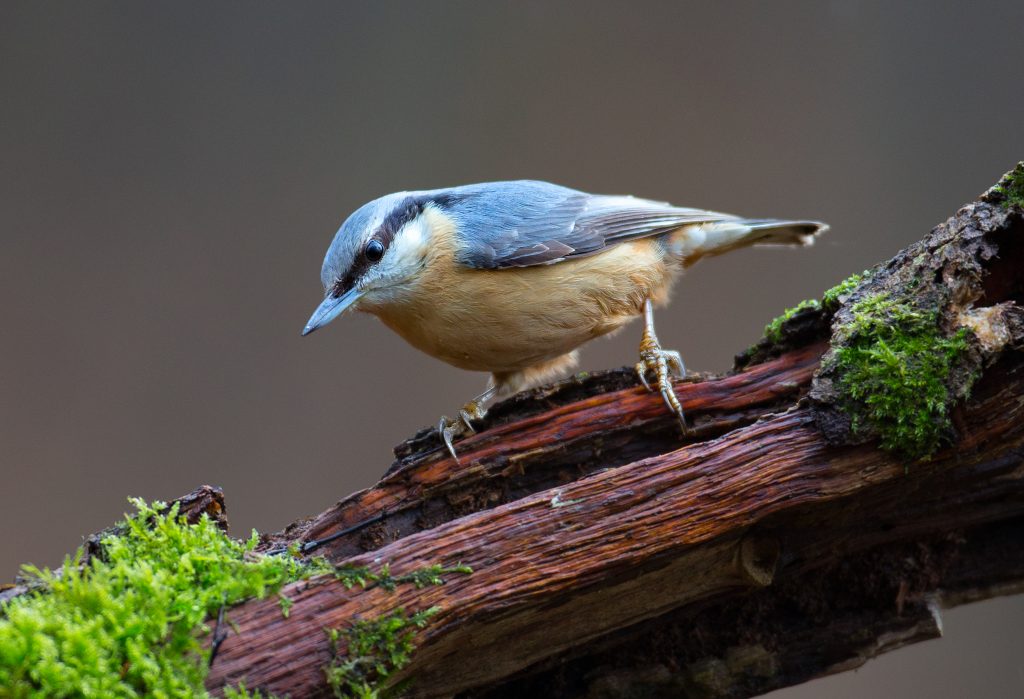
Nuthatches are small, around the same size as a great tit. The upper side of their body is grey-blue and the underside is an orangey-brown colour, and they have a characteristic black stripe across the face. Its bill is long, black and pointed.
Chiff Chaff (Phylloscopus collybita)
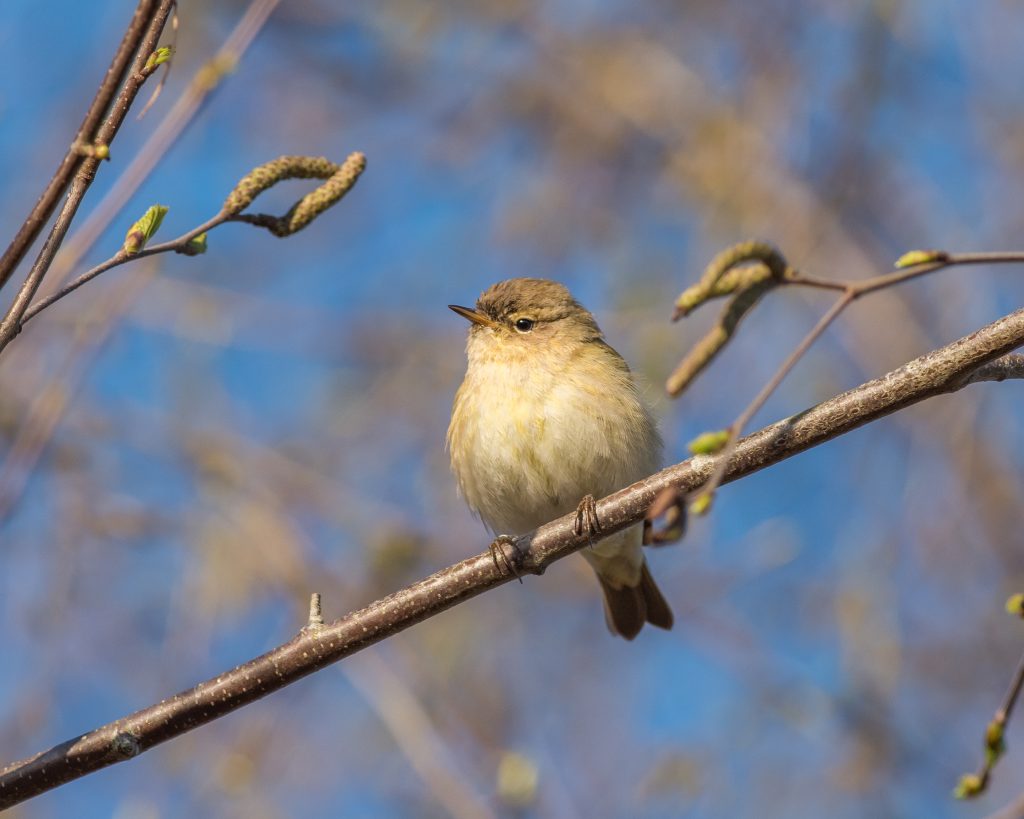
Chiffchaffs are distinguishable by their song, which is where their name comes from. They are small and olive-brown. One sign that Spring has definitely arrived is when you can hear chiffchaffs singing in large numbers!
Robin (Erithacus rubecula)
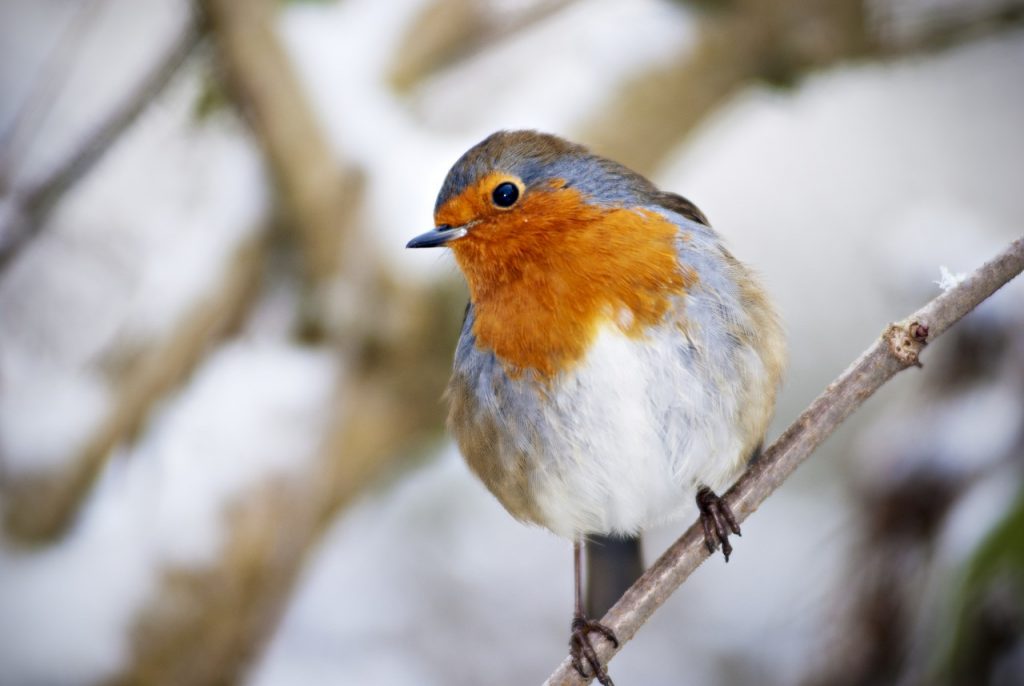
Robins are one of the most widely-recognised and best loved garden birds in the UK. Unlike many common birds, male and female robins look almost identical. They only get their red breast when they are mature – young robins are golden-brown. Robins may look cute, but they are territorial and can be aggressive!
Collared Dove (Streptopelia decaocto)
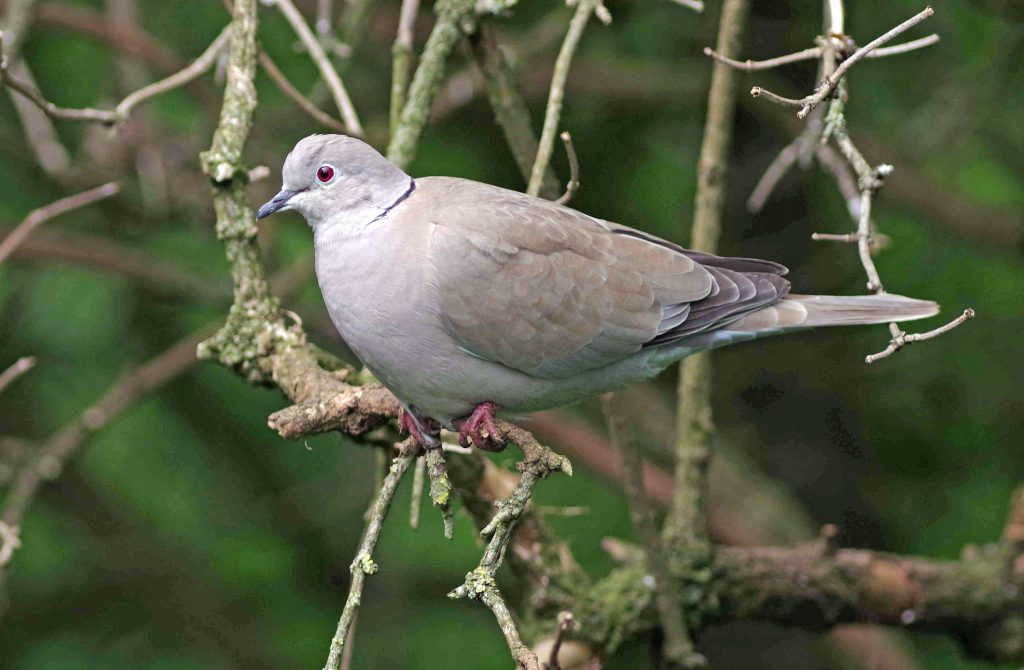
Collared doves are more often heard than seen, recognised by their cooing songs. They have a pale, pink-brown colour with deep red eyes and feet.
Blackbird (Turdus merula merula)
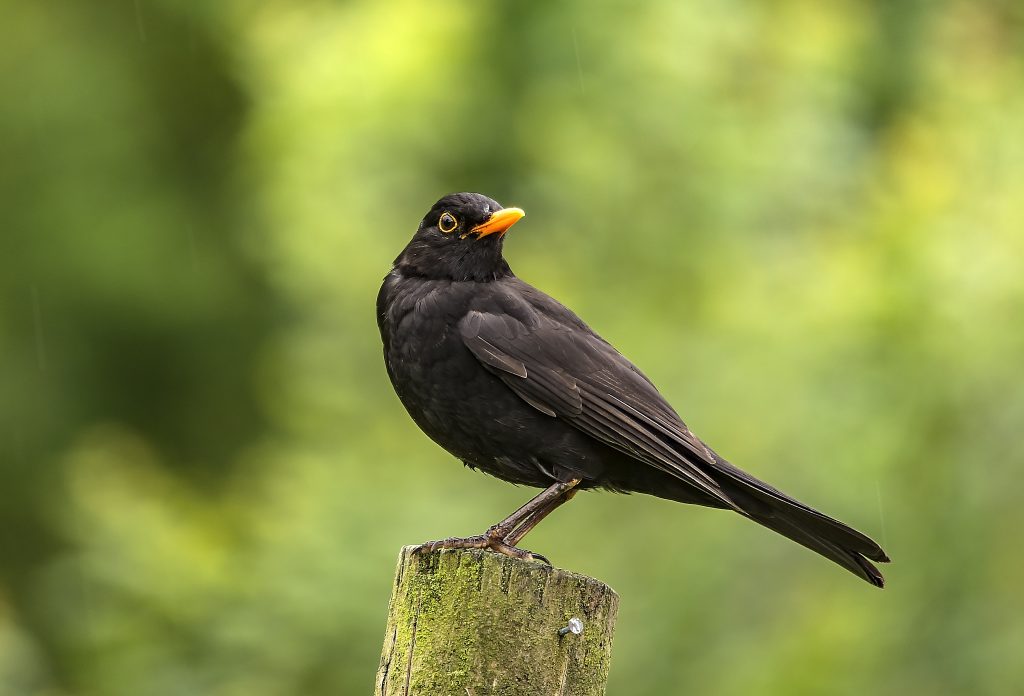
Blackbirds are another well-known garden bird. Whilst males are truly black, females are lighter brown and speckled. Males have a characteristic bright yellow beak and ring around their eye.
Blue tit (Cyanistes caeruleus)
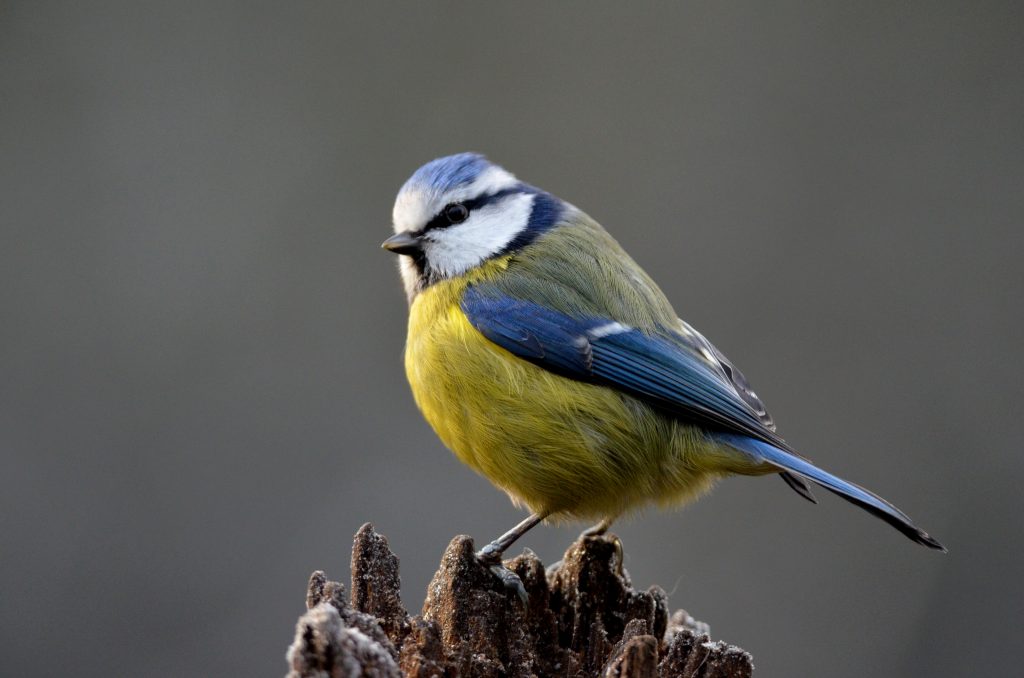
Blue tits are small, colourful and easily recognisable. They have a blue head and wings, white cheeks, black markings around the eye and beak, a green back and a yellow breast.
Great tit (Parus major)
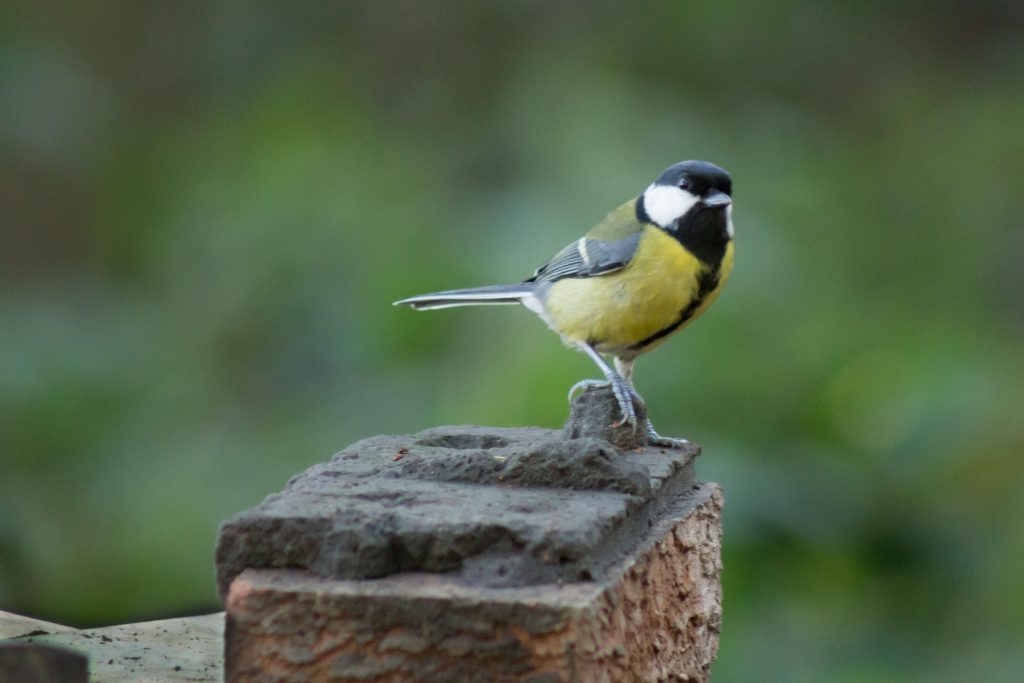
Great tits look similar to blue tits, but are larger and don’t have blue markings. Their song is distinctive with only two different notes.
Long Tailed tit (Aegithalos cordatus)
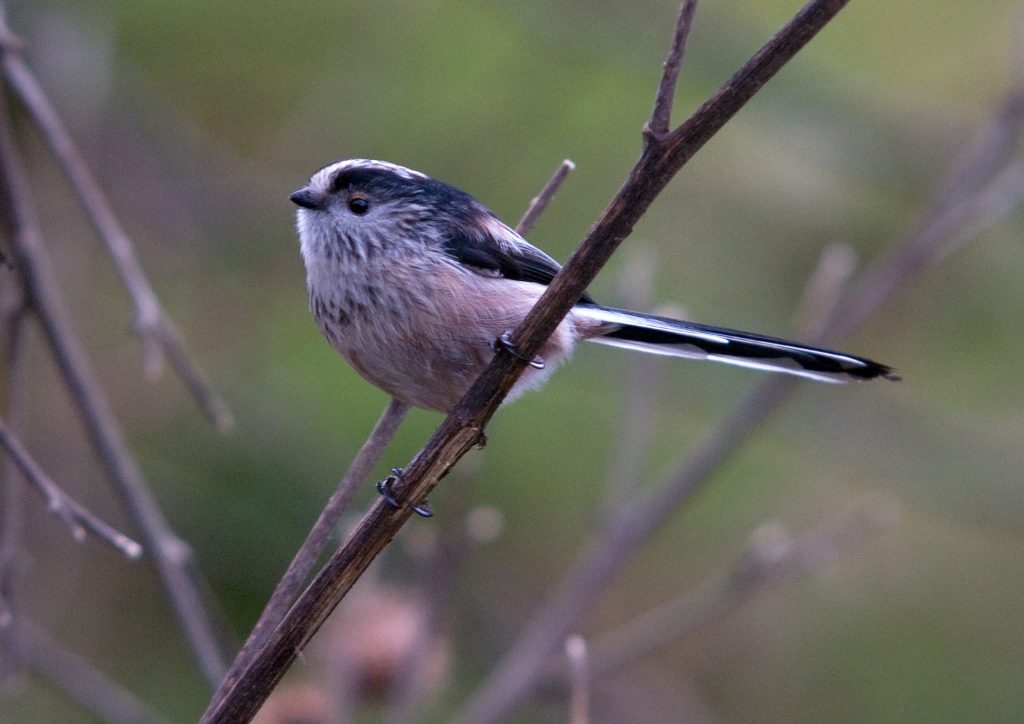
Long tailed tits certainly live up to their name, with their tail being longer than their body! Their wings are black with white flecks and they have a red-ish tinge along their breast and above the wing. They are noisy and sociable, usually gathering in flocks of around 20 birds.
Chaffinch (Fringilla coelebs)
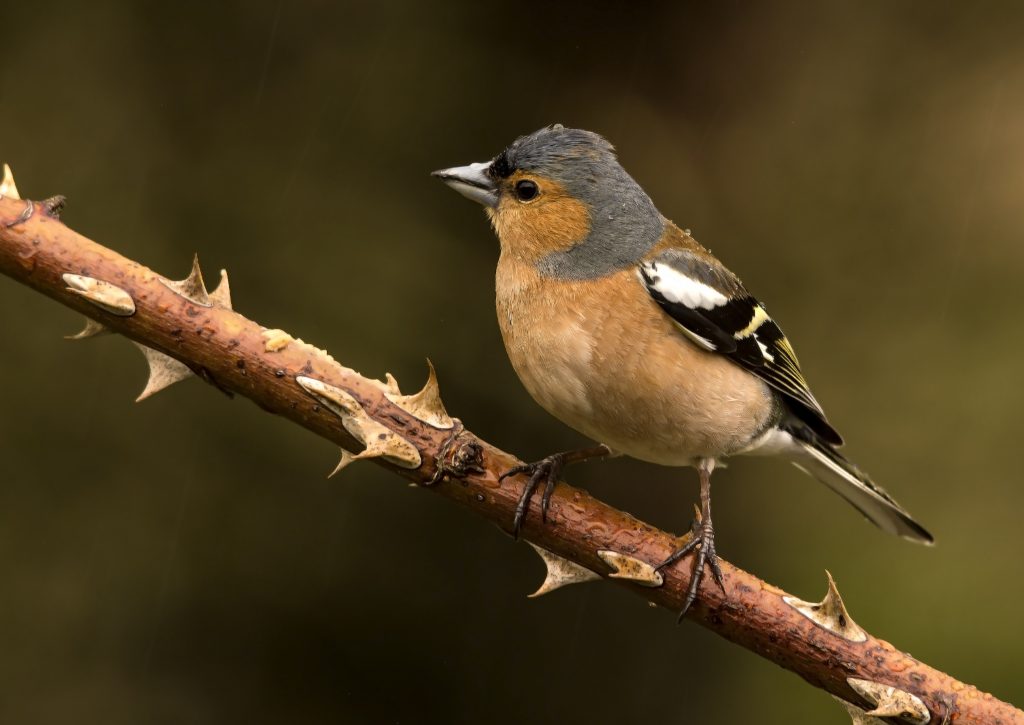
Chaffinches are widespread around Britain and Ireland. They have patterned plumage to help them blend in with the ground, but stand out more obviously when they fly, as they reveal bright white parts of their wings and outer tail feathers. Their call songs are varied and loud.
Greenfinch (Carduelis chloris)
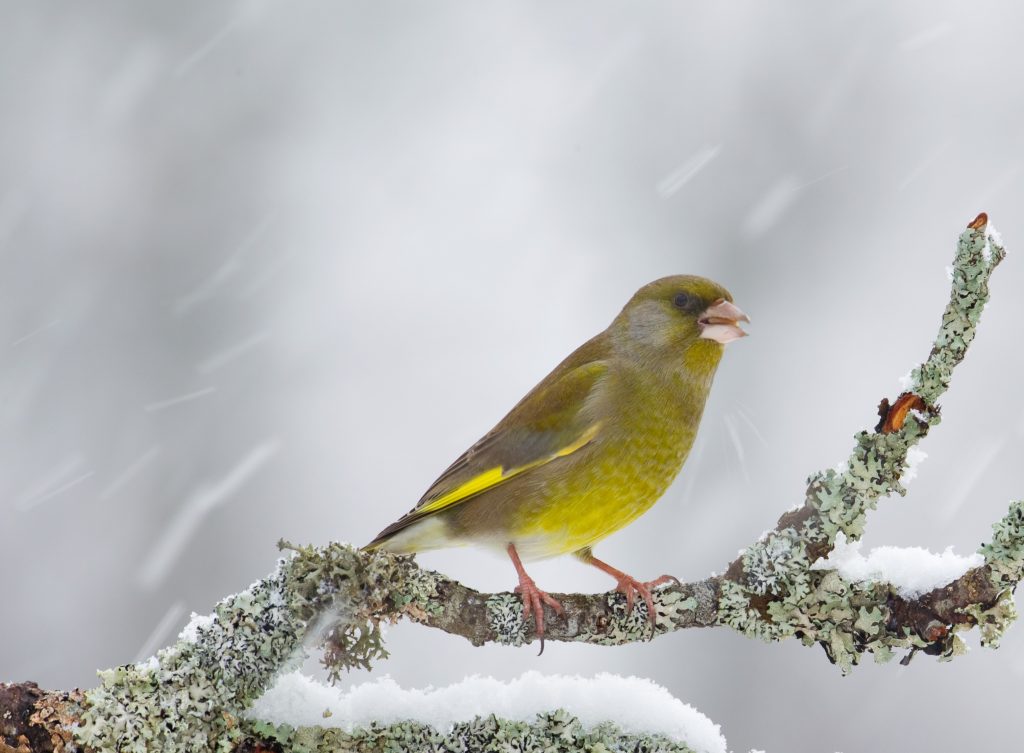
The greenfinch is bright green and yellow, with a wheezing song. They often squabble with other birds at bird tables! Their populations declined during the 1970s-1980s, but increased again in the 1990s. However, their numbers suffered again recently due to a parasite-induced disease called Trichomoniasis, which prevents them from feeding properly.
Siskin (Carduelis spinus)
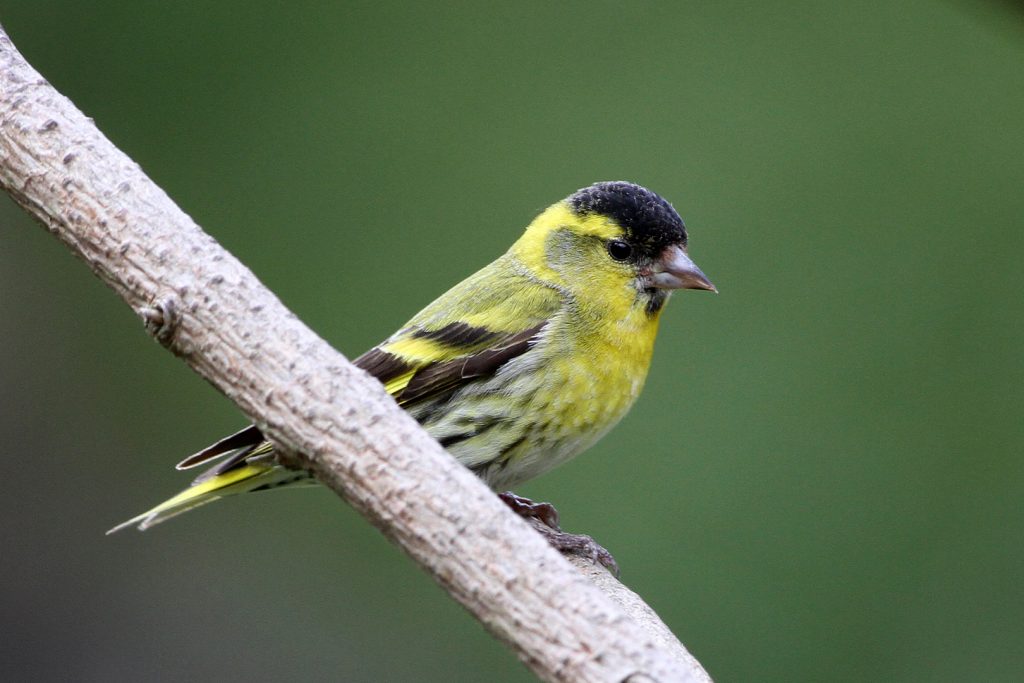
The siskin is a type of finch, smaller than a greenfinch. It is lively with a forked tail and long narrow bill. Male siskins have streaked yellow-green bodies and black caps.
Goldfinch (Carduelis carduelis)
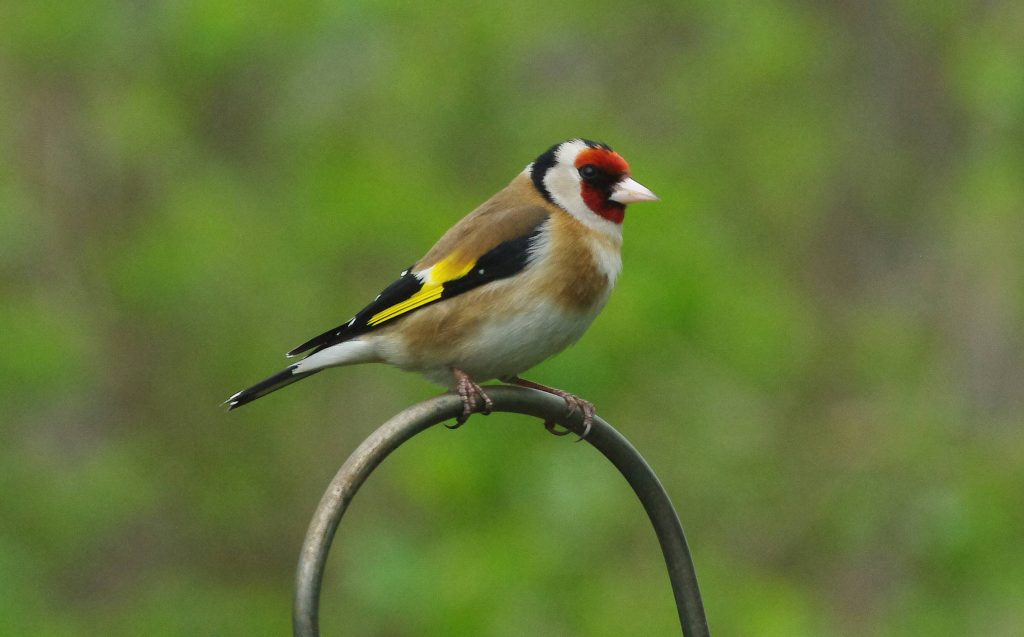
Goldfinches have a bright golden yellow patch on their wing and a red face. They have a twittering call. Goldfinches used to be named ‘thistle finches’, as their favourite food is thistles. Their scientific name Carduelis carduelis is derived from the Latin name from thistle, ‘carduus’. Their long beaks help them to get hard-to-reach seeds from the thistles.
Buzzard (Bueto bueto)
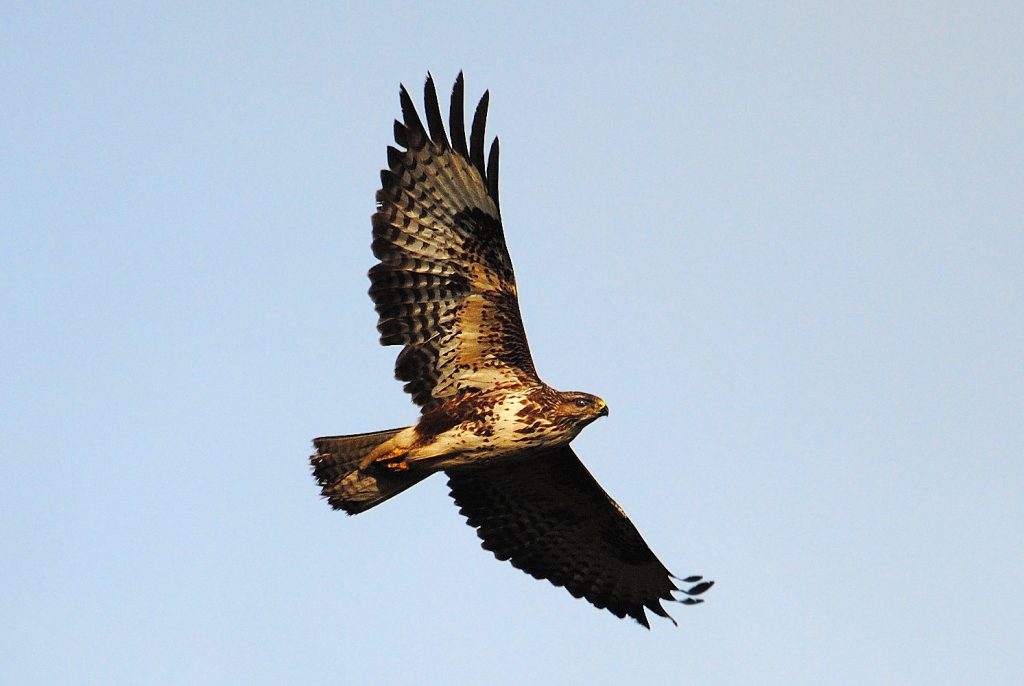
Buzzards are the most common bird of prey in the UK. They are quite large, varying in colour from dark to lighter brown, and have broad rounded wings. You can spot a buzzard from its gliding, soaring flight pattern. Buzzards will eat mice, small birds and carrion.
Raven (Corvus corax)
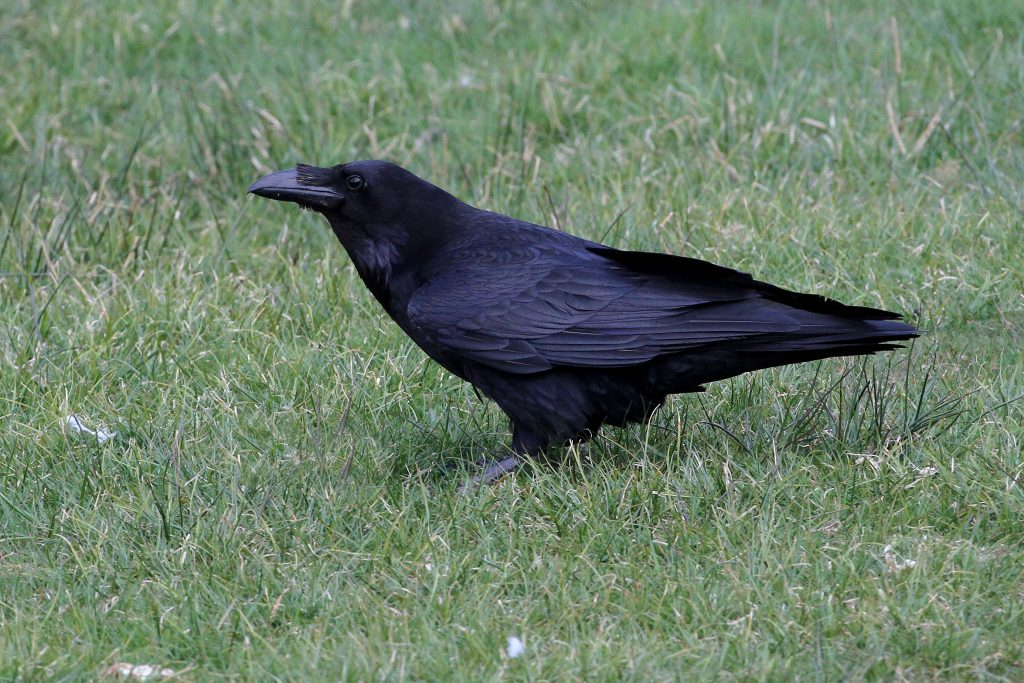
Ravens are the biggest members of the crow family. They are all black, with a large diamond-shaped bill and long wings. They, like buzzards, will eat other small animals.
Carrion crow (Corvus corone)
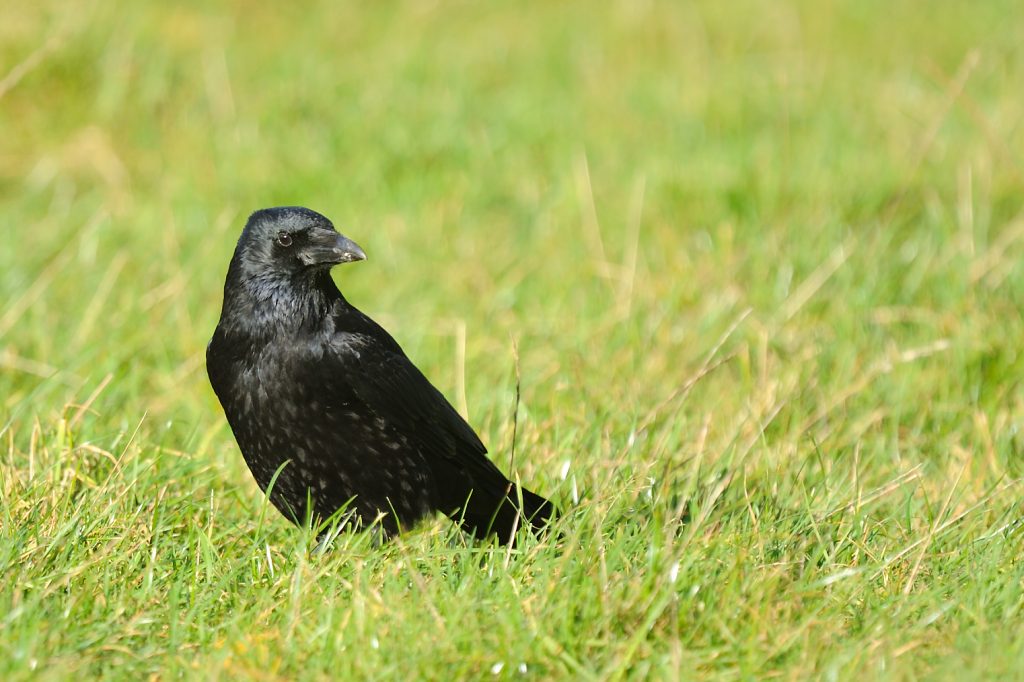
Carrion crows are very clever birds. They have the largest brains of all birds apart from parrots! They are all black, but smaller than ravens. Carrion crows are usually solitary but may flock occasionally. They have a loud call.
Jackdaw (Corvus monedula)
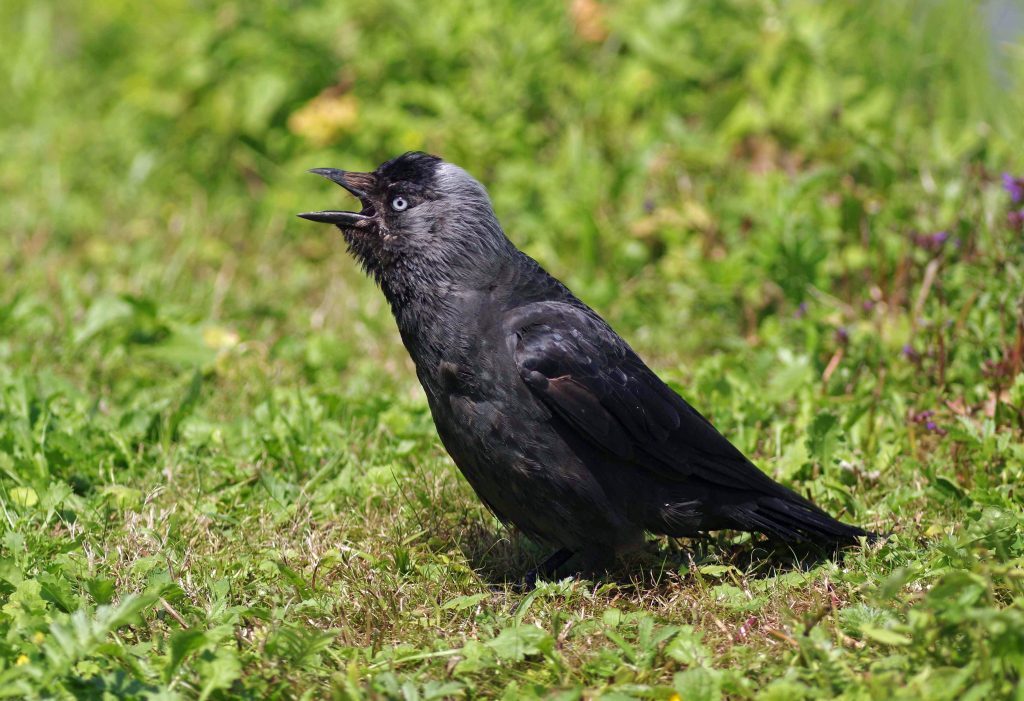
Jackdaws are another type of crow which have a distinctive silvery sheen to the feathers on the back of their heads. Their call is a characteristic ‘tchack’, from which they get their names.
Jay (Garrulus glandarius)
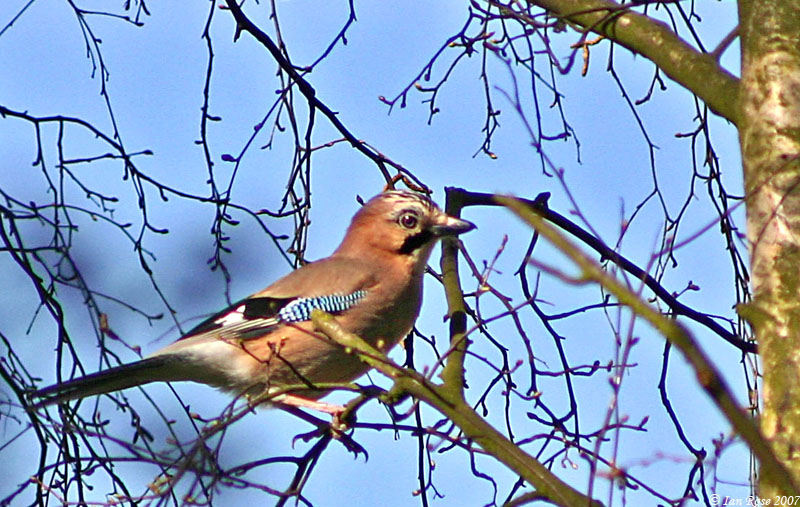
The jay is the most colourful member of the crow family, but are often difficult to spot as they tend to hide themselves well in the woodlands. They are known for their feeding habits – they feed on acorns and you may see them burying acorns to retrieve in the winter.
House Martin (Delichon urbicum)
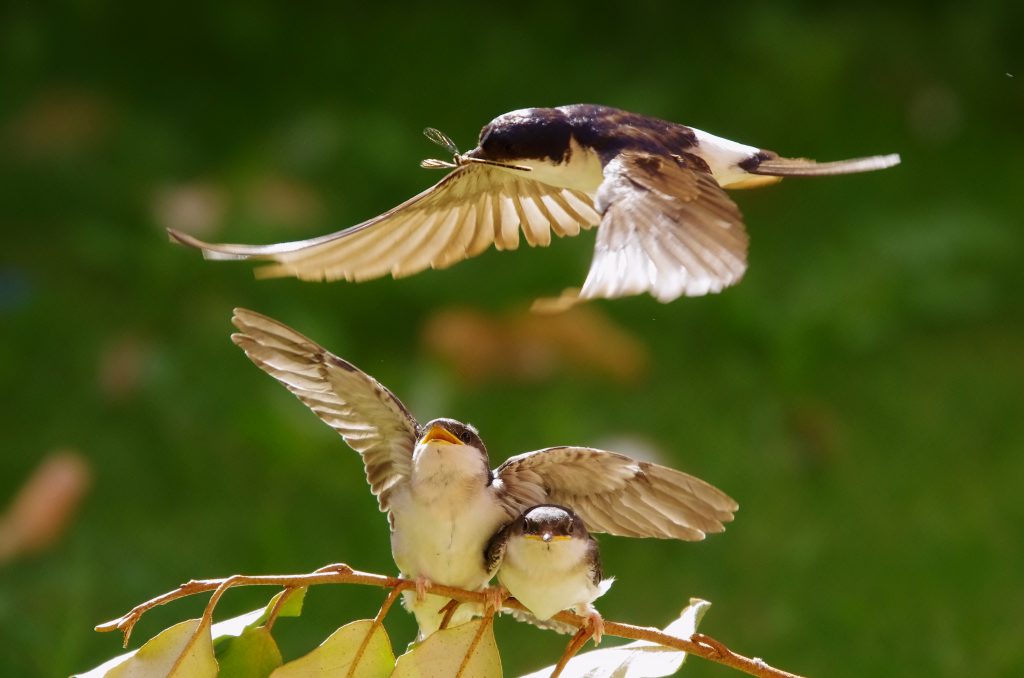
House martins are small, black and white birds which usually make nests out of mud in the eaves of buildings. They spend a lot of time in flight, catching small insects as prey to eat. They are summer migrants to the UK, spending the winters in Africa.
Starling (Sturnus vulgaris)
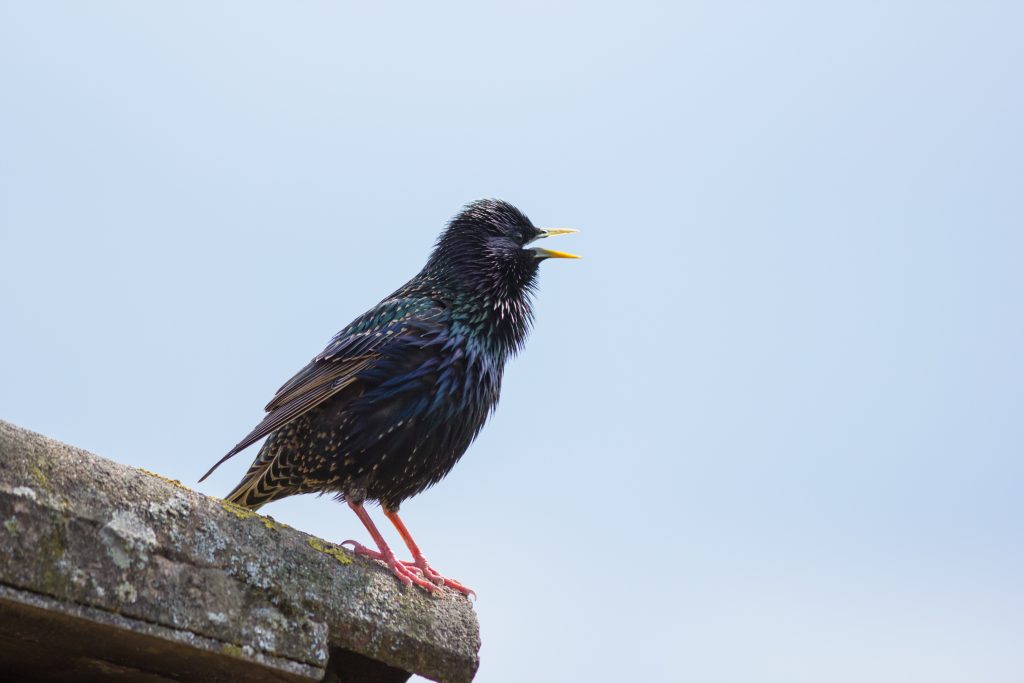
Starlings are smaller than blackbirds, and although they appear black from a distance, on closer inspection their feathers are glossy with a green and purple sheen. They are common in gardens but have declined elsewhere, bringing them to a conservation ‘red list’ status. Starlings sometimes exhibit a special flocking behaviour called a ‘murmuration’, where from a distance they look almost like smoke as they swoop through the sky.
Take a look at the video below from Warwickshire Wildlife Trust to see a starling murmuration back in 2019.
